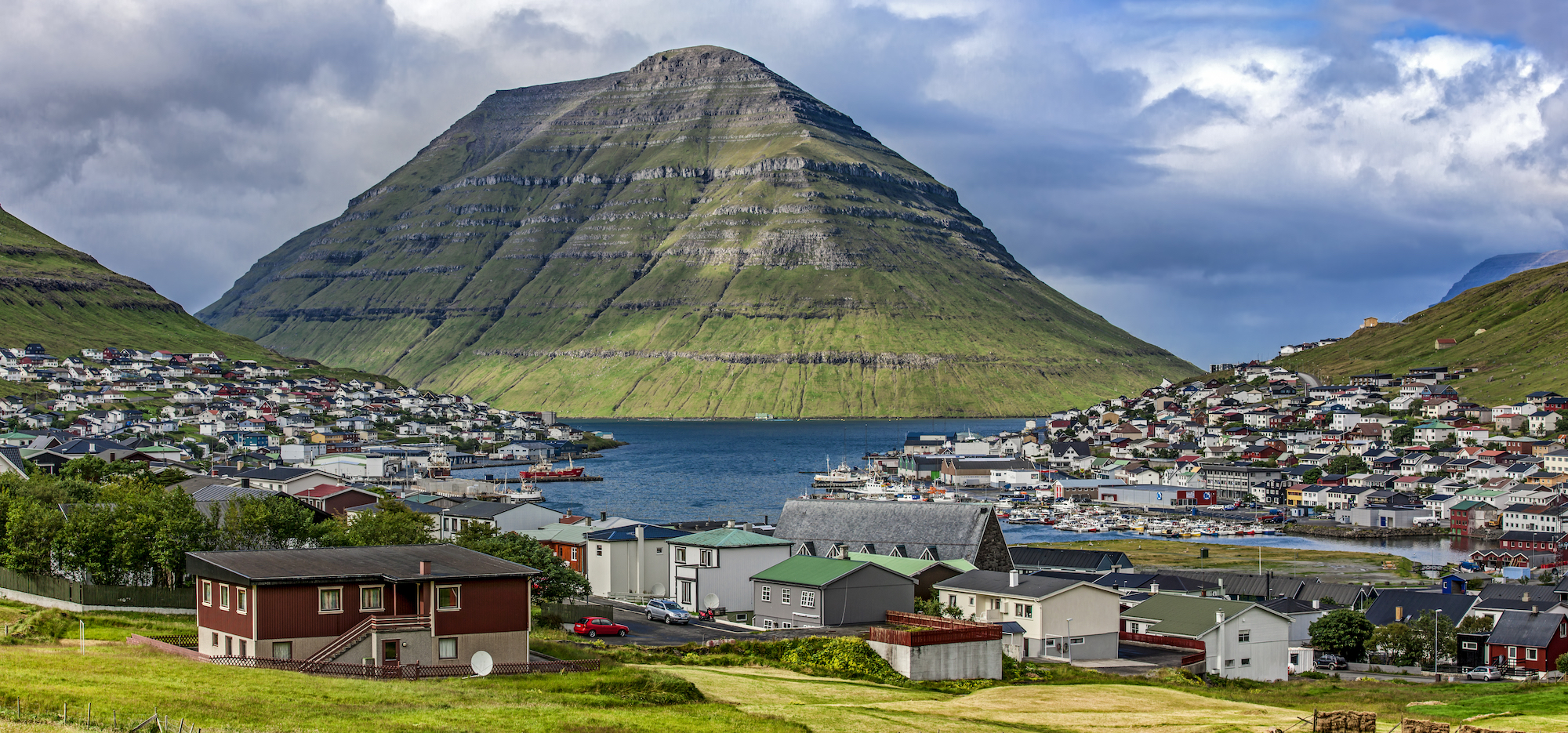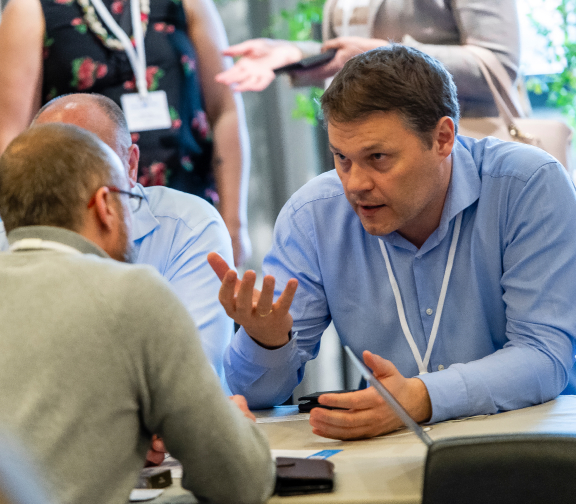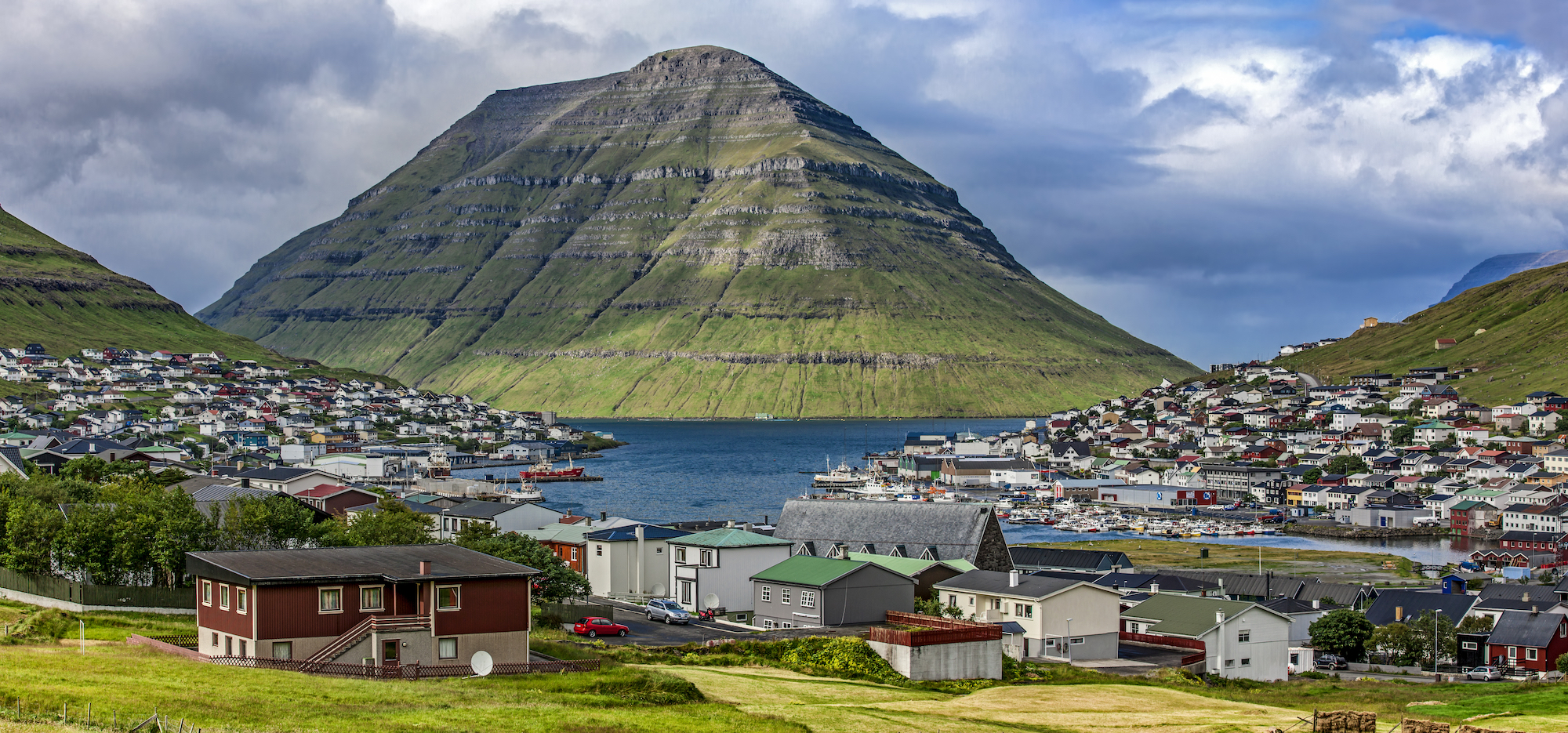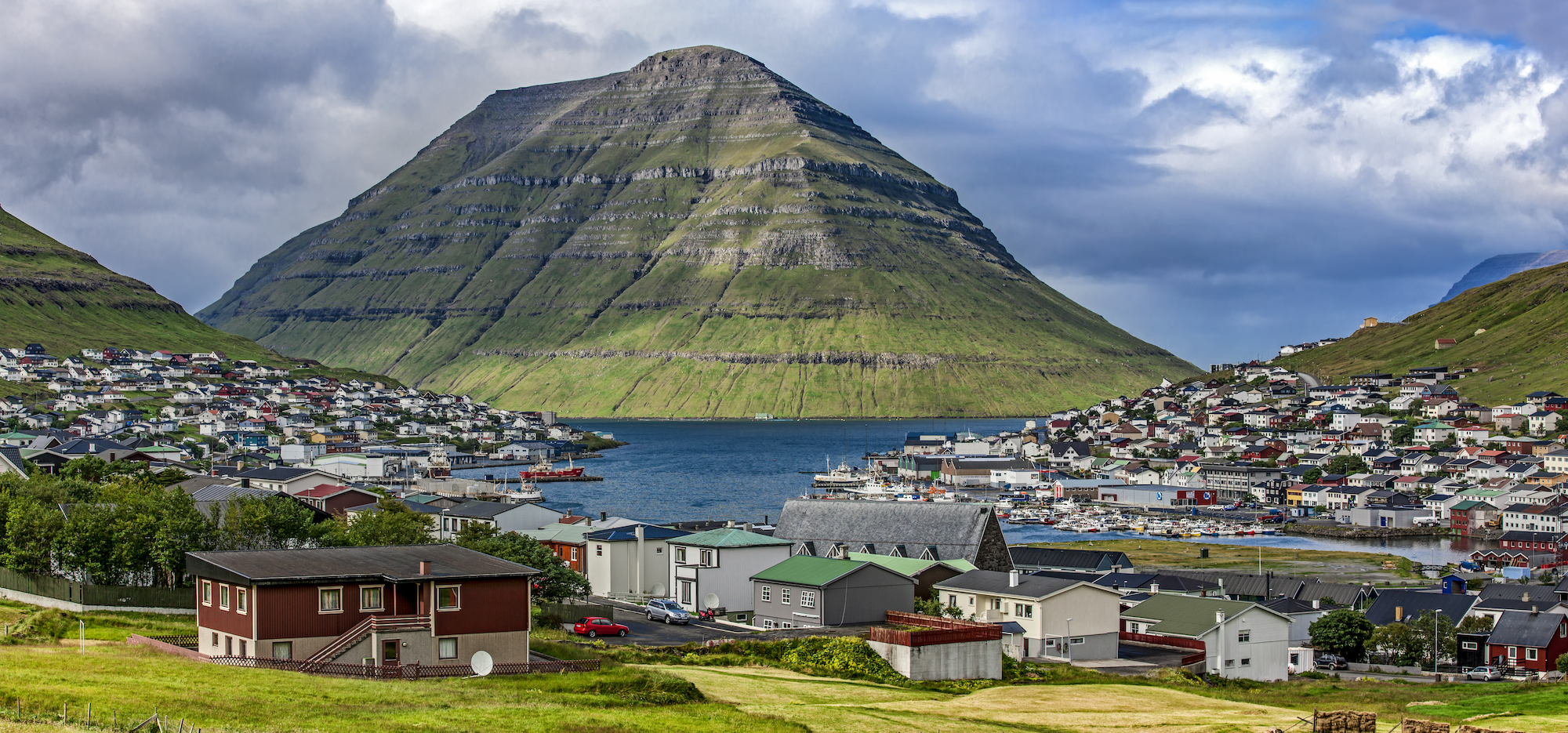Interreg Northern Periphery and Arctic
An EU funding programme supporting cooperation between remote and sparsely populated communities in the northernmost part of Europe on matters of shared interest. Together we turn ideas into sustainable solutions to improve the quality of life of people living in the NPA.


Strengthening the innovation capacity for resilient and attractive NPA communities
Read about the priority

Strengthening the capacity for climate change adaptation, and resource sufficiency in NPA communities
Read about the priority

Strengthening the organisational capacity among NPA communities to make use of cooperation opportunities
Read about the priority
Priorities to achieve the programme vision
The development needs and potentials of the programme area, together with the EU policy goals and local context, have resulted in three priorities to achieve the programme vision. Each priority then has specific objectives that are in line with the overarching goals outlined by the European Commission.
Matching projects and priorities
Applicants are free to develop their own ideas, as long as they address one of the priorities and inside this, one specific objective of the Programme. The 3 priorities contain 7 specific objectives.
For each specific objective, the Programme has provided an indicative list of project actions, examples of target groups, and project partners. You can find the descriptions in the Brief introduction to the Interreg NPA, view it here.

Priority 1 - INNOVATION CAPACITY
Priority 1 is about making remote areas more attractive to businesses, and becoming a role model for sustainable living conditions in the northern periphery. Projects in this priority help small companies become greener and more innovative, and develop digital solutions to simplify the life of citizens, organisations, and SMEs. Projects in this priority contribute to the broader goal of a SMARTER Europe.
Explore our INNOVATIVE projects!-
1.1 Developing and enhancing research and innovation capacities and the uptake of advanced technologies
Enhancing research and innovation capacity is vital for SMEs in the NPA area. Innovation and higher value-added processes diversify and expand activities and this capacity is crucial for adaptation. This is also why SMEs should be involved in developing and applying innovations.
Types of action supported:
- Facilitating technology transfer benefitting SMEs, including green technologies
- Facilitating opportunities based on R&I, including smart specialisation strategies
Target groups: Higher education and research, Large entreprises as R&D providers, Business support organisations, National/Regional/Local public authorities, non-profit organisations/social entreprises.
-
1.2. Reaping the benefits of digitisation for citizens, companies, research organisations and public authorities
Digitalisation is crucial for addressing challenges in the programme area. It creates links between the public sector, SMEs, and education providers and helps mitigate issues like long distances and access to markets and key services. Digitisation especially benefits remote and peripheral communities, where, for example, it can offer opportunities for remote healthcare and smart mobility.
Types of actions supported:
-
Transfer and development of accessible digital solutions to create better conditions for people to live and work in the area.
This includes technology-driven solutions for public service provision, as well as marketing models and solutions facilitating the use of distance spanning technology to overcome long distances to market.
Target groups: National/Regional/Local public authorities, Sectoral agency, Infrastructure and (public) service provider, Interest groups including NGOs, Higher education and research, Education/training centre and school, SME, Larger enterprises, Business support organisation, General public (including local communities)
-
-
1.3. Enhancing sustainable growth and competitiveness of SMEs and job creation in SMEs, including by productive investments
The programme encourages transnational cooperation to enhance the entrepreneurial climate in the NPA area. Building networks and clusters helps tackle the issue of long distances to markets. Overcoming these challenges benefits nontraditional sectors and promotes a dynamic business sector. Economic diversification and resilience are necessary for traditional businesses. Engaging indigenous groups and local communities is also an important part of this objective.
Types of actions:
-
Transfer and development of models and solutions for support to SMEs with a particular focus on entrepreneurial skills and sustainable business models.
-
Transfer and development of concepts for creating networks and clusters of SMEs and connecting entrepreneurial capacities across regions as well as adapting marketing models for a greater market reach.
Target groups: National/Regional/Local public authorities, Sectoral agency, Higher education and research, Education/training centre and school, SME, Business support organisation, General public (including local communities)
-

Priority 2 - CLIMATE CHANGE and RESOURCE SUFFICIENCY
Priority 2 focuses on addressing climate change and resource efficiency as the region strives to bring leading ideas together for more sustainable communities adopting low-carbon solutions. Projects in this priority help improving the way people use energy and reduce greenhouse gasses, prepare communities better for climate change and disasters, and find new ways to reuse waste. There are vast opportunities in small communities for using local and indigenous knowledge that can be brought together in transnational cooperation. Projects in this priority contribute to the broader goal of a GREENER Europe.
Explore our GREEN projects!-
2.1. Promoting energy efficiency and reducing greenhouse gas emissions
The cold and extreme climates of the programme area result in high energy needs. To meet these needs, smart energy solutions and storage, including community-based systems for remote areas, are crucial. The region holds significant potential for renewable energy resources. With existing expertise and a willingness to adopt new technologies, the aim is to achieve net energy savings while prioritising biodiversity and habitat preservation.
Types of actions:
-
Transfer and development of sustainable renewable energy generation and energy efficiency solutions suitable for cold climates and remote communities.
-
Facilitating the use of place-based energy surpluses and development of smart energy management concepts in remote communities.
Target groups: Regional/Local public authorities, Sectoral agency, Infrastructure and (public) service provider, Interest groups including NGOs, Higher education and research, SMEs, General public (including local communities).
-
-
2.2. Promoting climate change adaptation and disaster risk prevention, resilience taking into account ecosystem-based approaches
The vulnerability of NPA regions, characterised by sparsely populated coastal, mountain, and island areas, presents significant challenges for climate change mitigation and resilience. To address these challenges, it is essential to involve specialists and local stakeholders with in-depth knowledge of the unique and fragile natural environments.
Types of actions:
-
Transfer and development of solutions that facilitate the use of community knowledge and build local capacity for climate change adaptation, risk prevention and disaster resilience in sparsely populated communities.
Target groups: National/Regional/Local public authorities, Sectoral agency, Infrastructure and (public) service provider, Interest groups including NGOs, Higher education and research, SME, International organisations, EEIG, General public (including local communities).
-
-
2.3. Promoting the transition to a circular and resource efficient economy
New solutions and innovations are needed to achieve a circular economy, transform production processes, and change consumer behaviour. This includes addressing territorial challenges in waste management and promoting resource efficiency in various sectors. Remote communities already excel in circular, green, and bio-economy due to their tradition of self-reliance and reusing. Further development in these sectors is crucial due to environmental sensitivity.
Types of actions:
-
Facilitating the transfer and development of solutions that promote resource efficiency, end-of-waste, and a better use of by-products in remote, and sparsely populated communities.
-
Facilitating the transfer and development of solutions for community planning for the circular economy in remote, and sparsely populated communities.
Target groups: Regional/Local public authorities, Sectoral agency, Infrastructure and (public) service provider, Interest groups including NGOs, Higher education and research, SMEs, Larger enterprises, Business support organisation, International organisations, EEIG, General public (including local communities)
-

Priority 3 - COOPERATION OPPORTUNITIES
Priority 3 aims to strengthen cooperation skills in the NPA programme area and foster collaboration across communities, small organisations, projects and programmes, promoting shared knowledge, strategies, and local empowerment. Projects in this priority make more organisations work together across countries. Projects in this priority contribute to the broader goal of a BETTER GOVERNANCE in Europe.
Explore our COOPERATION projects!-
3.1. Enhance institutional capacity of public authorities and stakeholders to implement macro-regional strategies and sea-basin strategies, as well as other territorial strategies
Communities in the NPA regions have similar challenges. These challenges are more easily overcome if people work together. The goal here is to make it easier for communities to cooperate. This can be achieved by supporting organisational capacity to cooperate within the NPA region, focusing on different themes, such as preparedness, the unique heritage of NPA regions, wellbeing, attracting talent and skills, and engaging young people. The NPA Programme plays an important role in the EU Arctic Policy through regional development and therefore encourages cooperation both between projects and across EU programmes. Another goal of this priority is to bring awareness to new stakeholder groups that are not familiar with transnational cooperation.
Types of action:
- Development and transfer of capacity building concepts to engage stakeholders in cooperation based on local knowledge, supporting them to implement strategies for Northern Periphery and Arctic regions
Target groups: National/Regional/Local public authorities, Sectoral agency, Higher education and research, Education/training centre and school, Interest groups including NGOs, SME, International organisations, EEIG, General public (including local communities).
Learn more about funding opportunities
Check out our quick start guide and find out if your project idea can be funded by Interreg NPA, what types of projects are funded and when the Call for projects are opening.
Go to funding

Turning ideas into sustainable solutions
Get to know the Interreg NPA programme, its area and priorities as well as how it works to apply and participate in a project.
Interreg NPA in brief
